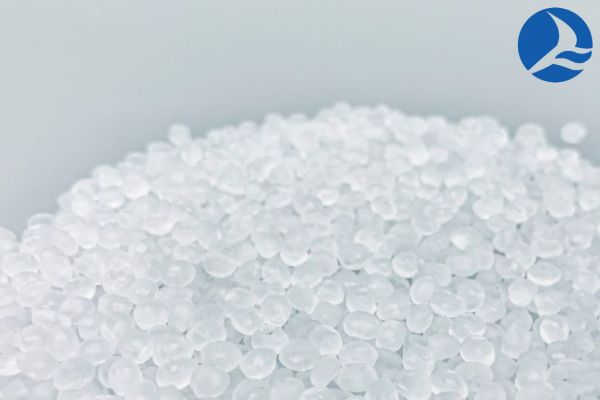What is PP Fabric?
PP fabric is a nonwoven Polypropylene fabric. Polypropylene Fabric is a synthetic fabric that is used for upholstery, medical, and commercial purposes. Since polypropylene has no effective dye sites, it is soft, lightfast, and straightforward to clean. This fabric’s particular features have made it a popular choice for bags and totes, masks, and sportswear.
What is PP fabric made of?
PP fabric is frequently referred to as Polypropylene or Olefin fabric. It is a synthetic thermoplastic polymer generated from the processing of natural gas and oil. polypropylene is produced by polymerizing propylene. After then, the polypropylene is rolled out using a device known as a spin rate. The spin rate determines the entire thread size and length. After the threads have dried, they are cut into yarn using a mix of different colors and sizes. The cloth is then knitted with polypropylene yarns.

PP fabric Properties
| Fabric name | PP Fabric [Polypropylene Fabric] |
| Material of fabric | Polypropylene [PP] polymer |
| Fabric breathability | High |
| Heat retention capability | Medium |
| Moisture-wicking Capabilities | High |
| Stretchability | High |
| Prone to bubbling | Medium |
| Washing temperatures | Cold |
| Commonly used in | Backpacks, Sportswear, military wear, N95 mask, diapers, tote bags, food packaging, tapes, ropes, drinking straws |

Characteristics of PP fabric
a. Chemical Resistance
Polypropylene is commonly stated as having an excessive resistance to chemicals compared to polyethylene. Polypropylene will resist many natural solvents, acids, and alkaline. However, the fabric is at risk of assault from oxidizing acids, chlorinated hydrocarbons, and aromatics.
b. Tensile Strength
Compared to many materials, Polypropylene’s shape has excellent tensile power. Someplace around 4,800 psi. It permits the material to face up to pretty heavy masses, despite being lightweight.
c. Impact Tolerance
While Polypropylene has excellent tensile power, its impact resistance leaves something to be preferred compared to polyethylene.
d. Water Absorption
Polypropylene is distinctly impervious to water. In a 24-hour soak check, the material absorbs much less than 0.01% of its weight in water. Thus, it makes Polypropylene best for general immersion packages in which the basket cloth under needs to be included from exposure to numerous chemical compounds.
e. Surface Hardness
Polypropylene’s hardness is measured on the Rockwell R scale as ninety-two. You can place it on the high quit of the softer substances measured on that scale. In this method, semi-rigid is the material. And it makes PP more likely to bend and flex with an impact.
f. Operating and melting Temperature
The most encouraging operating temperature for Polypropylene is one hundred eighty (82.2°C). Beyond this temperature, PP may compromise the performance values of the fabric. At 327°F (163.8°C), Polypropylene will soften. It makes Polypropylene unsuited to excessive temperature programs of any kind.
PP Fabrics Applications
The most common use of polypropylene fabric is to manufacture reusable shopping bags, which is the best alternative to paper and plastic. This fabric is also used in making Sturdy Trade Show Totes, Drawstring Backpacks, Lunch Bags & Coolers. These bags are durable enough to withstand frequent use, and many are quilted to keep food warm or cold.

The N95 surgical masks are made of polypropylene cloth that physicians, nurses, and other hospital staff require to protect them from COVID-19. Polypropylene is also used as an electronic component for electrical insulation. Flexible packaging, rigid packaging, piping, food containers, clear plastic bags, ropes, carpets, and concrete reinforcement are the other widespread uses for Polypropylene. In addition, for making clothes and diapers, polypropylene fibers are used.
